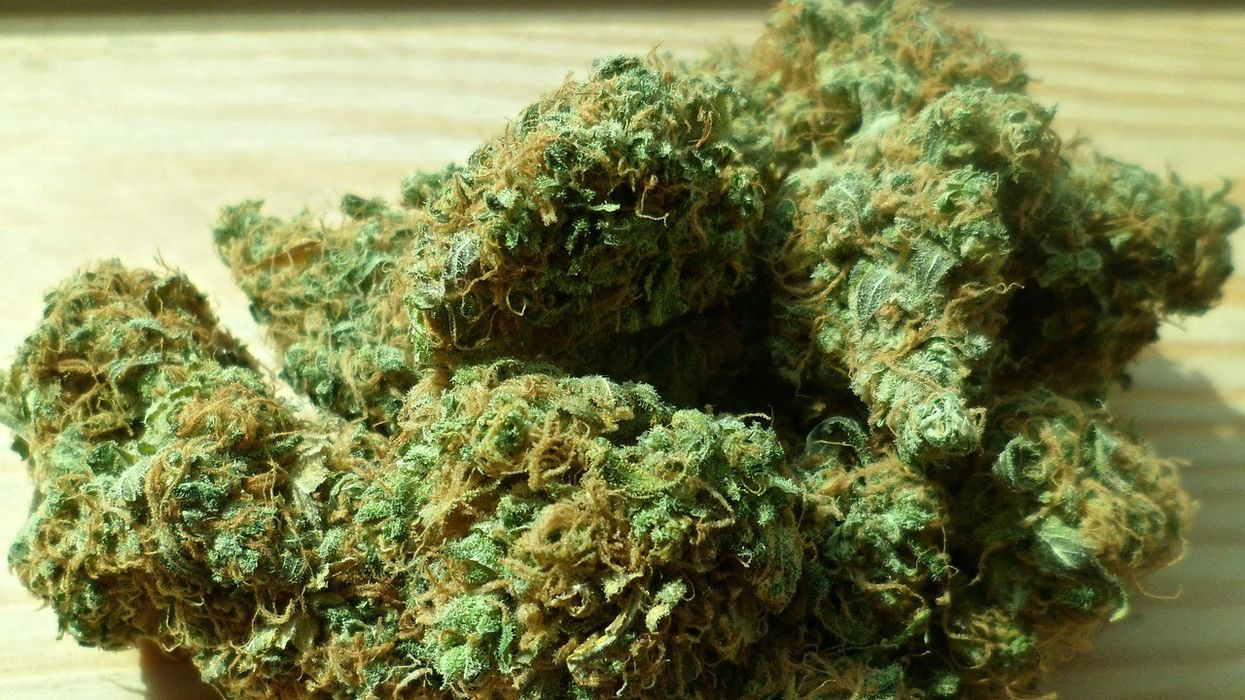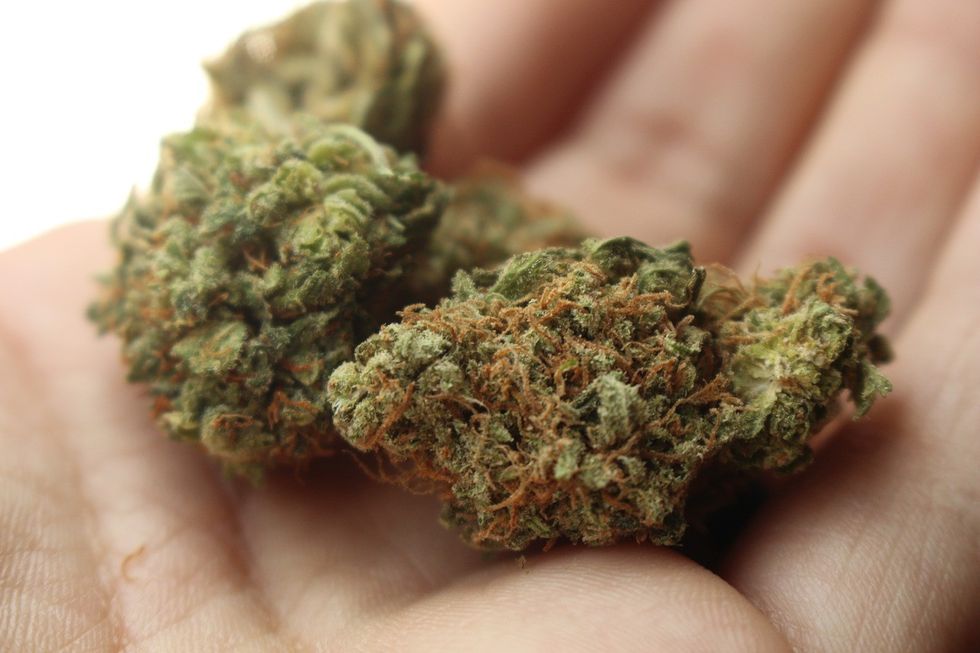Like any responsible gardener, Richard adheres to a strict schedule, planting in late-May for an autumn flowering. And though he reaps what he sows in the most traditional sense, what he sows is rather non-traditional.
Richard is one of the growing number of Canadians cultivating their own marijuana at home.
“Richard” is not his real name. But he has a real fear of sharing it since growing pot in Canada is still illegal, save for medical purposes. With Ontario’s Cannabis Act in effect effect, and Ontarians of age are allowed to grow up to four plants at home for personal use.
READ: Everything You Need To Know Ahead Of Cannabis Legalization 2.0
While the new laws don't do much to assuage the legal concerns of those who grow their own, the process will still demand a consistent care and attention to detail. Any number of natural phenomena can threaten the cannabis grow cycle, so those bold enough to try may still end up feeling a measure of … paranoia.
“There is a prescribed method for growing weed outdoors,” says Richard.
“But so much of the harvest is circumstantial. Inevitably, you are at the mercy of weather and the potential for fungus. Critters, cats, and spider mites can wreak havoc on your plants, and even constant monitoring doesn’t guarantee that you’ll end up with the desired plants.”
READ: Looking Back On One Year Of Legal Recreational Cannabis: Round Up
Females are the desired plants, as only they can bud and produce seeds. Nothing should be expected of the male pot plants other than laying about the garden, staring up at the sky.
Now, to prepare you for July’s garden season, Richard shares five helpful tips to best grow pot at home:
Space
Cannabis plants can grow tall and plentiful. So ensure you plant in an area large enough to accommodate a bountiful harvest. And in spite of the changing laws, privacy fences are a plus, to keep away pesky animals and neighbours.
Seed selection
It is important to use a seed suitable for your climate zone. Sativa seeds take longer to flower, and are better suited for more southern climates. Indica seeds, which have a lower THC count, produce a much greater yield and are easier to grow in Toronto.
If you have a little extra money to spend, you can buy seeds that are genetically modified to be female, so you won’t need to plant as many.
Maintenance
The Toronto grow season typically runs from Victoria Day weekend through the end of October, when plants begin to sense the coming winter. Proper maintenance through the vegetation period includes ensuring that the plants receive enough water and direct sunlight.
Most outdoor soil in our city has the necessary nutrients, though when the flowering stage begins, you may want to add bat guano to the soil. (Bat guano is high in nitrogen and phosphorous, both of which aid in the flowering process).
One of the most common concerns when growing marijuana in the home and garden is a powdery mildew that can form on the leaves. If this fungus is not dealt with immediately, it can eat right through the buds and leaves, rendering the harvest unsuccessful. If the problem does arise, Richard suggests using hydrogen peroxide and water on the plant or cutting the infected leaves off entirely.
Curing
After flowering, you’ll need to dry the pot to help maintain its potency and allow it to burn evenly. This process is called curing. Richard suggests storing the buds in glass jars that you burp through the first week to relieve humidity (Burping simply means opening the jar and shaking the weed). You can also hang the buds upside down, in a dark room with plenty of air circulation.
Patience
The grow cycle from seed to cured bud is a long one, and cutting corners will adversely affect the end product. Overwatering can cause nutrient deficiencies. Too short a curing period will make for a less smooth smoke. Richard advises patience as you move through each stage of the process.
And more importantly, we advise patience before you begin the process … at least before July.






















